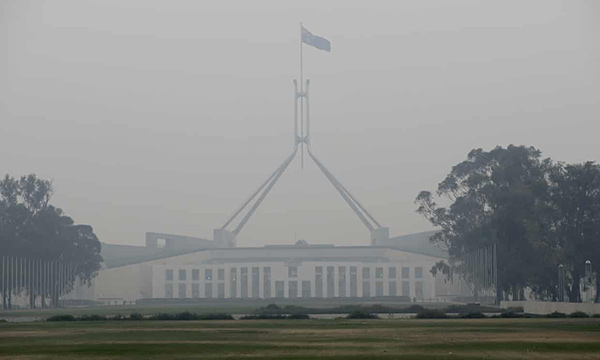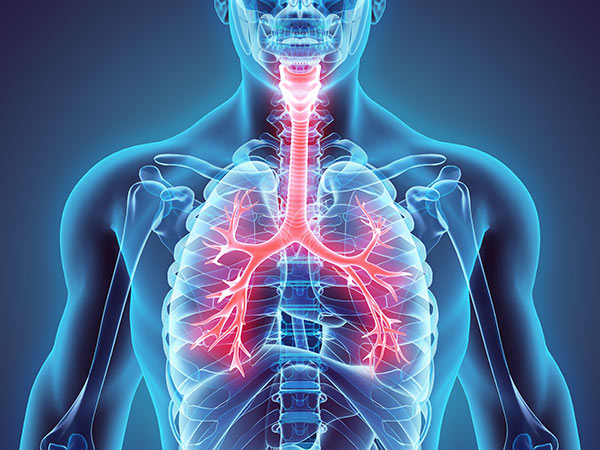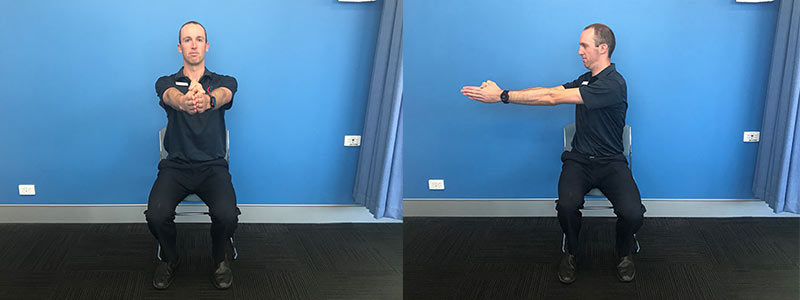What is Chest Physiotherapy and how will it help me?
The start of 2020 had been shocking for Canberrans in terms of weather. Hazardous air quality indexes, car-destroying hail, record heat temperatures and too-close-for-comfort bushfires had led to an extremely unpleasant time. At the time, Sport and Spinal Physiotherapy, saw a real spike in terms of the number of people attending due to chest and breathing problems. This was directly related to the smoke that had engulfed our great city. Luckily the rain has arrived to wash it all away!
Out of control wildfires that threaten homes also threaten the health of the people that live in those and surrounding areas, around the world. When the air quality is not safe to be outdoors there is a health impact for those residents where not just the lack of exercise is a problem, but more serious conditions of breathing and asthma issues arise. This is where Chest Physiotherapy can help.
Running
The knock-on effect from these types of aforementioned weather patterns is profound. Any outdoor activity is unsafe to participate in from Saturday cricket and hockey to running, mountain biking and even walking. A lot of our clients were unable to exercise and compete in events like the Canberra Times Marathon, 1/2 Marathon and 10km event in early April 2020. Training regimes can be thrown into disarray as it is just too unsafe to exercise outdoors. Furthermore, community events such as Parkrun has suffered considerably. It can be just too dangerous, at times, to stage these events.
Lower Limb Issues
Furthermore, in terms of Physiotherapy, I have noticed a lot of recent lower limb muscle injuries from people running on a treadmill. Multiple clients have suffered calf and/or quadriceps strains recently. This is due to the increase load on the muscles. The stress on the joints is also an issue in this instance. If people are not used to a treadmill, but are still attempting to work out, this can become a significant issue.
Chest Physiotherapy
The targeted area of Chest Physiotherapy is the lungs. Specifically, conditions that involve mucus on the lungs. It is the ability to shift these secretions is the goal of Chest Physiotherapy. Common conditions that are included in this population are Chronic Obstructive Pulmonary Disease (henceforth ‘COPD’), respiratory infections, post-operative conditions and rib fractures.
Chest Physiotherapy assists to clear excess phlegm from the lungs. It is also useful in helping to clear a persistent chest infection. This is where the secretions are too deep in your lungs for your cough to be effective. Whilst an effective cough is a useful tool to have, the is often used in conjunction with numerous techniques to target the affected are. Our Physiotherapists can help with a detailed plan for this.
Breathing patterns an techniques
A 6 month study of asthmatic clients comparing normal asthma care vs the effect of physiotherapy-based breathing retraining garnered an interesting result. It was determined that breathing retraining initiated by a Physiotherapist resulted in improvement not only in asthma control, but also in physiological indices across time as well.
What this pertains to is that by using specific positions and techniques, clients with chronic conditions can improve in functional measures and indices. Furthermore, you should b adding exercise prescription to your plan. Our Exercise Physiologist can look to get your condition under control and managed.
Chest Physiotherapy looks at posture
Posture has a large bearing on how effective you are breathing. For a lot of workers, sitting at a desk for hours at a time can lead to rounded shoulders and a forward head position. This, in turn, shortens the pec and chest muscles. This places further stress on the lungs as your airway capacity can decrease.
The importance of moving consistently throughout the day is crucial. This way, you are using muscles and getting your heart rate moving in the right direction. Additionally, being able to relax your muscles by not being in the same position for too long is also of great benefit.
Specific Positioning
With postural drainage, the person can lie or sit in various positions. It is important to note that the part of the lung to be drained is as high as possible (uppermost). That part of the lung is then drained using gravity.
The benefits of positioning include:
- Minimal effort from the patient – this is crucial for patients with likely shortness of breath and/or respiratory disorders
- Effective to assist secretions to slide/move
- Comfortable for the patient due to its non-invasive nature
- Easier for Physiotherapists to work in an optimal ergonomic position
Percussion Chest Physiotherapy – Airway Clearances
This technique is used to assist the break-up of thick and sticky mucous. Furthermore, it can assist in clearing any mucous plugs that might be causing issues with lung inflation. It involves a client lying on their side and the physiotherapist gently cupping their hands against your ribs to assist the loosening of mucous. Combining this with an effective cough is an efficient way to expel the secretions.
Chest Physiotherapy Exercises
1. Deep Breathing Exercises
Deep breathing exercises are an effective starting point to help open up your airways. An effective postion is to lay down on your back. If you place your hands on the outside of your middle ribs, this can help with the feedback as to where you want some of the air to flow. A general technique is as follows (considering you are of good health). Take a large, deep breath in the through the nose. Hold at the top point for 2 seconds. Then release slowly out of the mouth. Performing 10 repetitions of this is a nice starting point to work on your deep basal expansion. It can also be a great way to unwind after a long day at work.
2. Pectoral stretch
The Pectoral Stretch is another easy, effective way to lengthen the shoulder girdle, open up the chest and ribs and reduce tension in your neck. This has the flow on effect of allowing your ribs having more area to move as the muscle is lengthened.
You can even try using a Thoracic Wedge
3. Thoracic Twisting
This Thoracic twist exercise can also be another way of stretching the thoracic region and loosen up your chest.
Summary
This should serve as a guide only. Physiotherapy is just one way to get you breathing and moving better. As always, we are here to offer practical solutions to your problems. Improving your ventilation rates and movement patterns has been shown to be an efficient method to assist with COPD. Keep that 2020 plan moving upward and forwards! Stay fit.
Resources:
The effect of physiotherapy-based breathing retraining on asthma control – Grammatopoulou EP1, Skordilis EK, Stavrou N, Myrianthefs P, Karteroliotis K, Baltopoulos G, Koutsouki D.
https://www.physio.co.uk/treatments/respiratory-treatment/positioning.php







